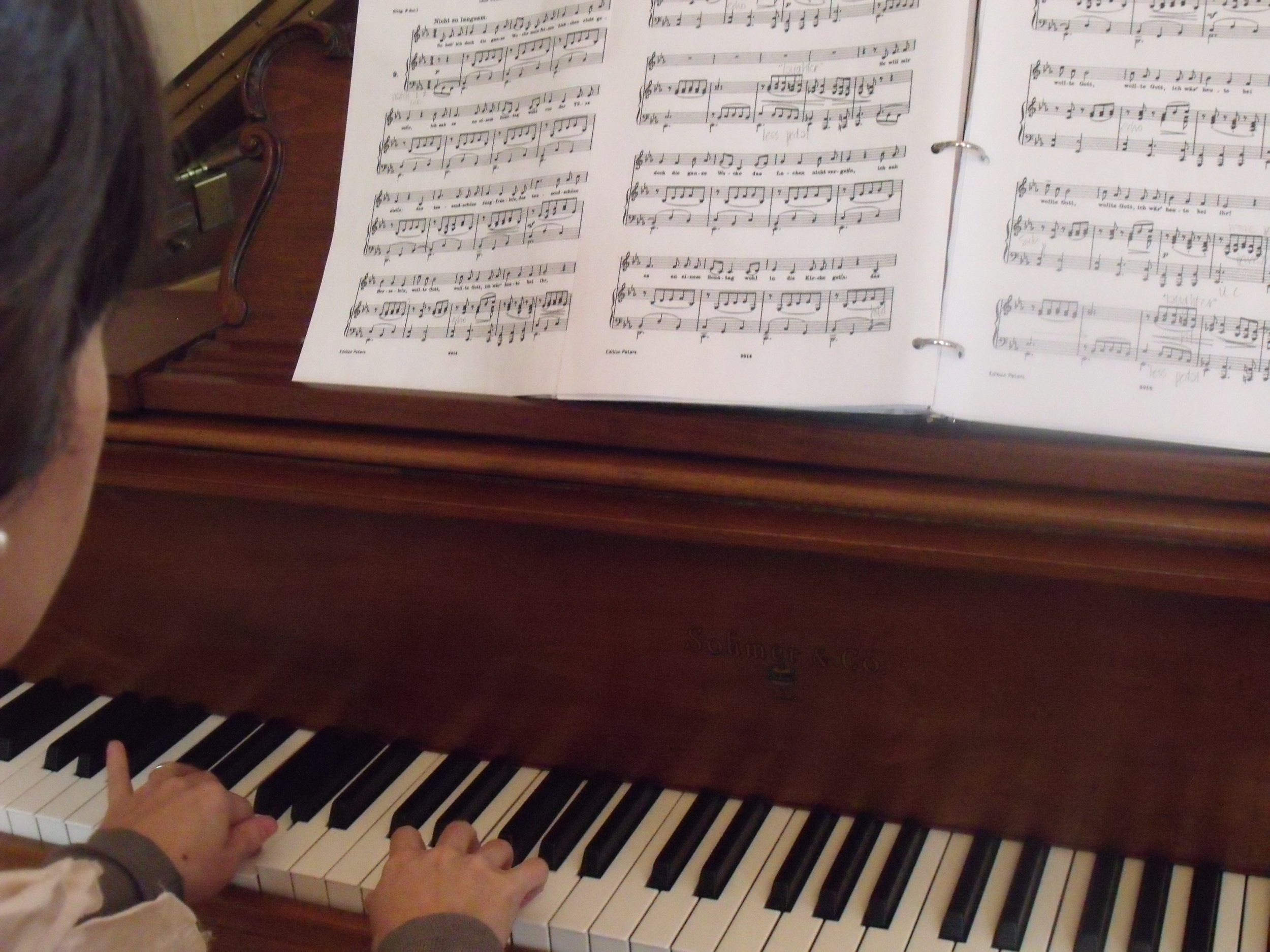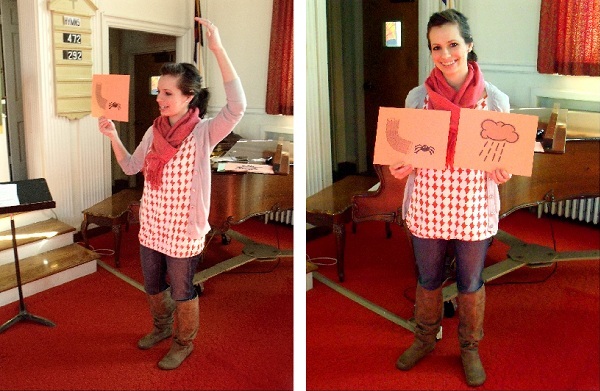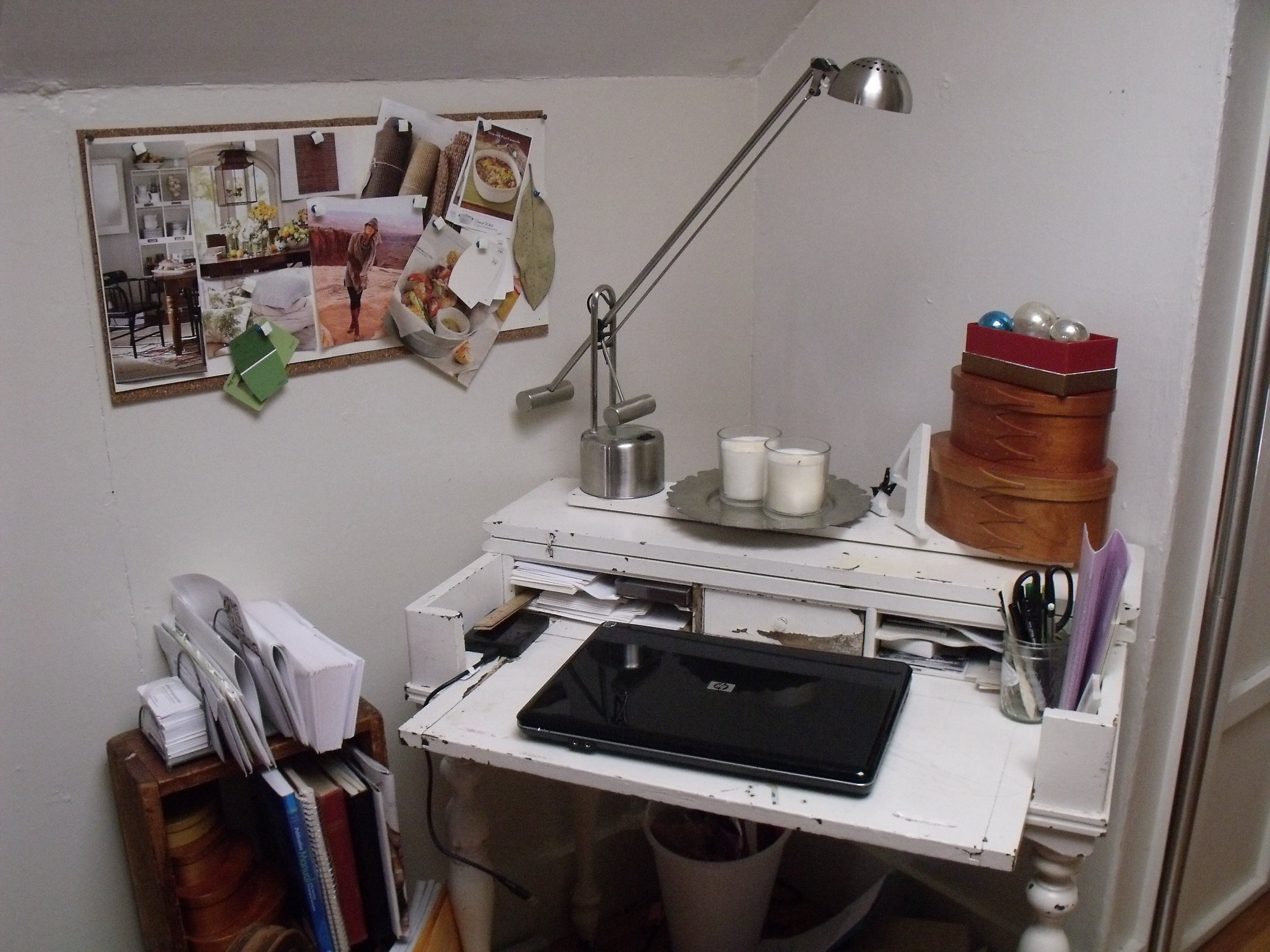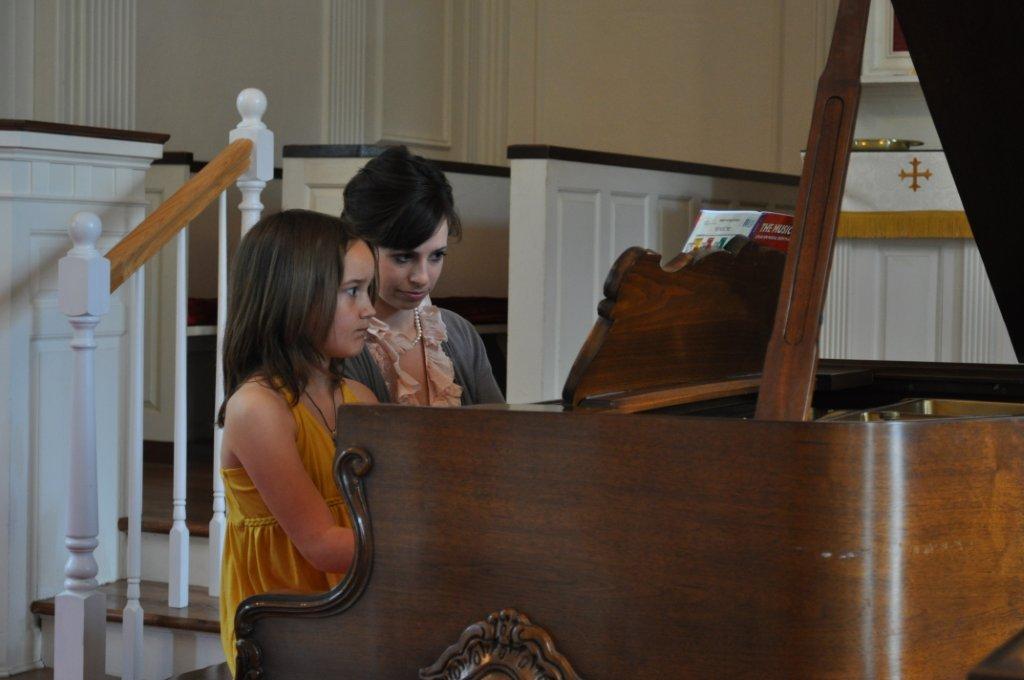This week:
We enjoyed several sunny, warm days and afternoons with the windows open.
I made banana pudding for the first time.
We got a little carried away and tried to grill out one night. (We gave up and cooked inside once it got cold enough to see our breath.)
I attended an awesome branding webinar that got me all kinds of fired up for the months to come.
We gave an informal lecture recital to an audience of almost thirty enthusiastic listeners (recap coming soon!).
I encountered a few instances of plagiarism in my students’ papers. Though struggling with how to deal with it, I am determined to turn this into a teaching opportunity.
We finished our federal tax return.
I introduced SD to the (southern?) expression, “Land sakes alive.”
We haven’t driven the car since Saturday! It is so nice to work from home.
I celebrated St. Patrick’s Day with my children’s choir by teaching them Irish hymns and two Irish group dances!
I got the latest Elle Decor in the mail and I plan on carving out some time this weekend to skim through it.
We had some awesome teaching moments.
We spent some time preparing for our WCMW webinar next Monday, March 19! Sign up here – it’s free!
Happy weekend, friends!





 Some of you may remember my
Some of you may remember my  Last week, I wrote
Last week, I wrote 
 I love working with young children, particularly when we have the opportunity to sing! In my experience, most 4-year-olds are confident, adventurous, effervescent music-makers and they learn new things so quickly! When the opportunity arose to share a free program of music with a group of children from the community (ages 3-5), I was eager to take part. Together,
I love working with young children, particularly when we have the opportunity to sing! In my experience, most 4-year-olds are confident, adventurous, effervescent music-makers and they learn new things so quickly! When the opportunity arose to share a free program of music with a group of children from the community (ages 3-5), I was eager to take part. Together, 

 I am a freelance musician and largely self-employed. I have five part-time jobs, all in music. Christmas is the busiest time of the year. What does a “normal” work day look like? Let me give you a little glimpse! Tuesdays are generally a balance of church work, private teaching, and a little administrative work for some of my other professional work and yesterday was no exception! This was my day:
I am a freelance musician and largely self-employed. I have five part-time jobs, all in music. Christmas is the busiest time of the year. What does a “normal” work day look like? Let me give you a little glimpse! Tuesdays are generally a balance of church work, private teaching, and a little administrative work for some of my other professional work and yesterday was no exception! This was my day: Look at me writing a post from my phone! That’s right – you’re looking at the newest member of the iPhone club! From FaceTime to iMessage to real-time traffic reports to web-surfing that’s faster than my laptop, I am a huge fan. I can keep up with my emails on the go, update Twitter and Facebook in one fell swoop, and of course, write these fun updates for y’all while I’m traveling!
Look at me writing a post from my phone! That’s right – you’re looking at the newest member of the iPhone club! From FaceTime to iMessage to real-time traffic reports to web-surfing that’s faster than my laptop, I am a huge fan. I can keep up with my emails on the go, update Twitter and Facebook in one fell swoop, and of course, write these fun updates for y’all while I’m traveling!




